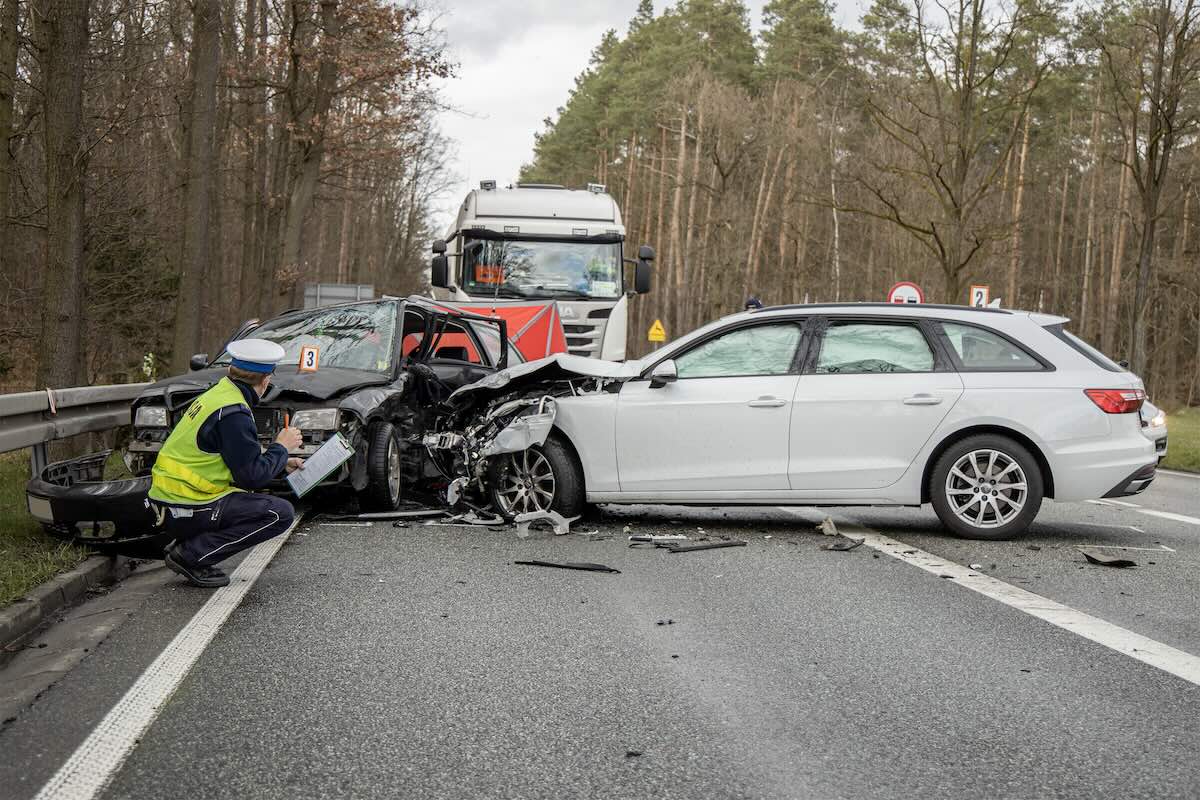Greetings, safety champions!
Today, let’s focus on Accident Prevention Training to keep our fleet drivers safe and our incident rates low.
Why Focus on Accident Prevention?
Accidents and incidents on the road can have severe consequences, both in terms of safety and costs. Effective driver safety training programs are essential for reducing these risks and ensuring a SAFER driving environment for everyone.
In fleet driver training, it’s crucial to distinguish between “accidents” and “incidents.”
- Accidents: These are often perceived as unexpected and unintentional events that happen to us, seemingly out of our control. This mindset can lead to a passive approach to safety.
- Incidents: These refer to events likely to occur under certain conditions, such as behaviors or environmental factors. Understanding incidents as preventable and manageable helps drivers take proactive measures.
This distinction is vital for fostering a proactive safety culture for your fleet. By focusing on incident prevention, we empower drivers to anticipate and mitigate risks, significantly reducing the likelihood of incidents.
Key Components of Incident Prevention Training:
Defensive Driving Techniques:
- Stay Alert: Train drivers to stay vigilant and anticipate potential hazards.
- Safe Following Distance: Emphasize the importance of maintaining a safe distance from other vehicles to avoid collisions.
Incident Analysis and Feedback:
- Learn from Mistakes: Regularly review fleet incident reports to identify patterns and areas for improvement.
- Constructive Feedback: Provide drivers with feedback on their driving habits and suggest corrective actions.
Vehicle Maintenance:
- Regular Inspections: Ensure fleet vehicles are regularly inspected and maintained to prevent mechanical failures that could lead to incidents.
- Pre-Trip Checks: Encourage drivers to perform pre-trip inspections to identify and address potential issues. Make safety your G.O.A.L. and Get Out And Look!
Environmental Awareness:
- Weather Conditions: Train drivers to adjust their driving habits based on weather conditions, such as slowing down in rain or snow.
- Road Conditions: Teach drivers to be aware of and adapt to different road conditions, including construction zones and heavy traffic.
Behavioral Training:
- Avoid Distractions: Stress the importance of minimizing distractions, such as mobile phones, while driving.
- Manage Fatigue: Educate drivers on the dangers of driving while fatigued and promote proper rest and breaks.
Real-Life Application: Incident prevention training has been shown to reduce incidents significantly. Companies that invest in comprehensive training programs often report reductions in at-fault accidents and improvements in driver confidence and performance. Implementing defensive driving courses and regular safety audits can lead to a noticeable decrease in accident/incident rates and associated costs.
What Makes NTSI Training Different: Unlike traditional driver safety courses that emphasize memorization of skills, laws, and knowledge, NTSI empowers drivers to review their attitudes and find new ways to break old habits. To accomplish this, our training utilizes Choice Theory, an innovative, evidence-based behavior modification strategy that involves participants in identifying and modifying high-risk behaviors. Choice Theory encourages individual empowerment via behavior modification, making drivers more accountable and proactive in improving their safety practices.
Takeaway: Investing in incident prevention training not only enhances safety but also leads to long-term cost savings by reducing the frequency and severity of incidents. Similar to how Choice Theory fosters individual empowerment through behavior modification, effective training transforms drivers’ attitudes and habits, creating a SAFER driving environment.
Stay safe and drive smarter!
Want to keep the tips coming and provide your fleet with the knowledge and resources to handle the different challenges throughout the year? Then please join our SAFER School Season: Fleet Drivers, Crisscrossing Kids, and School Buses – Oh My! Webinar on August 27, 2024. Seats fill up fast, so sign up today!





